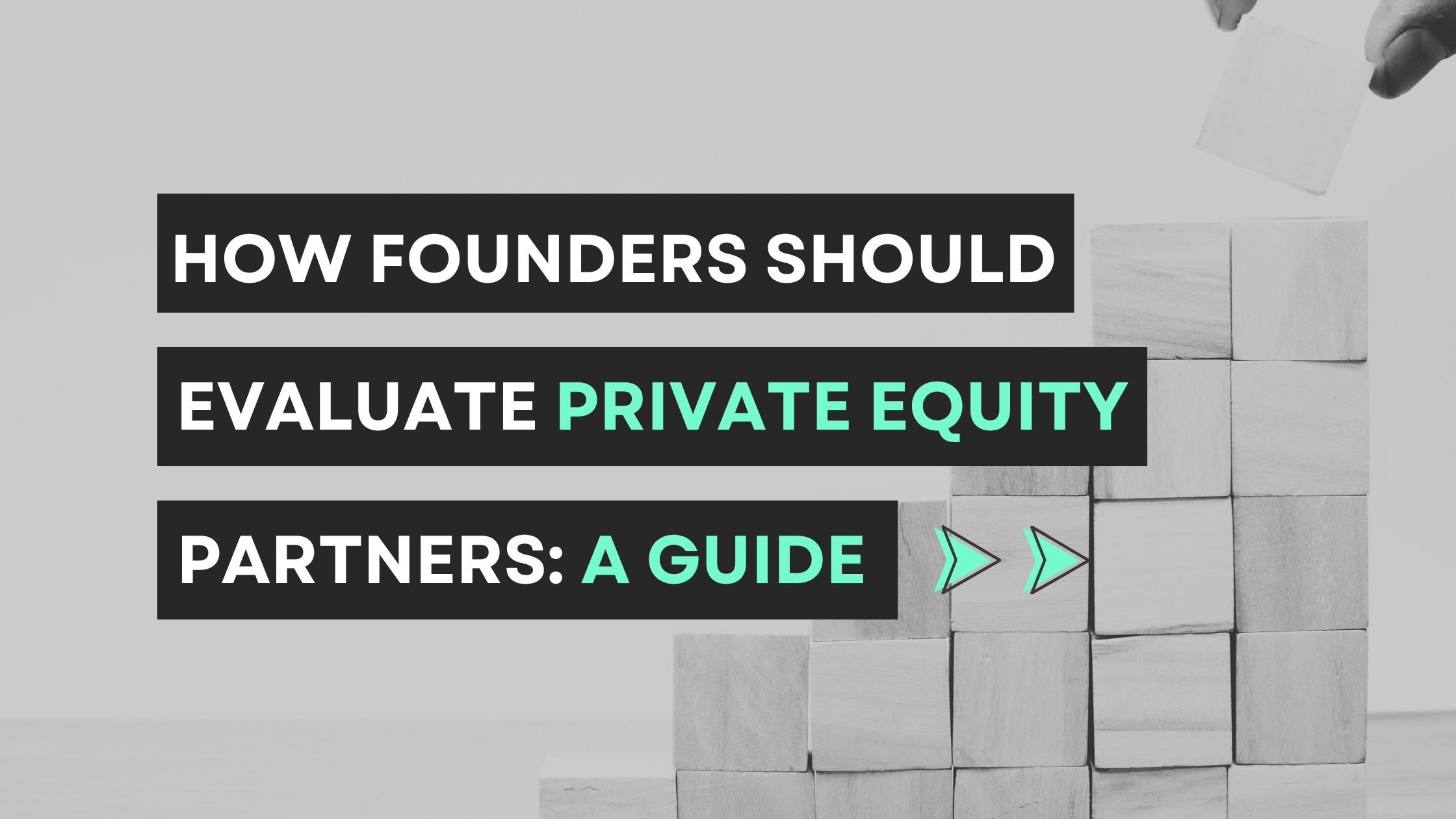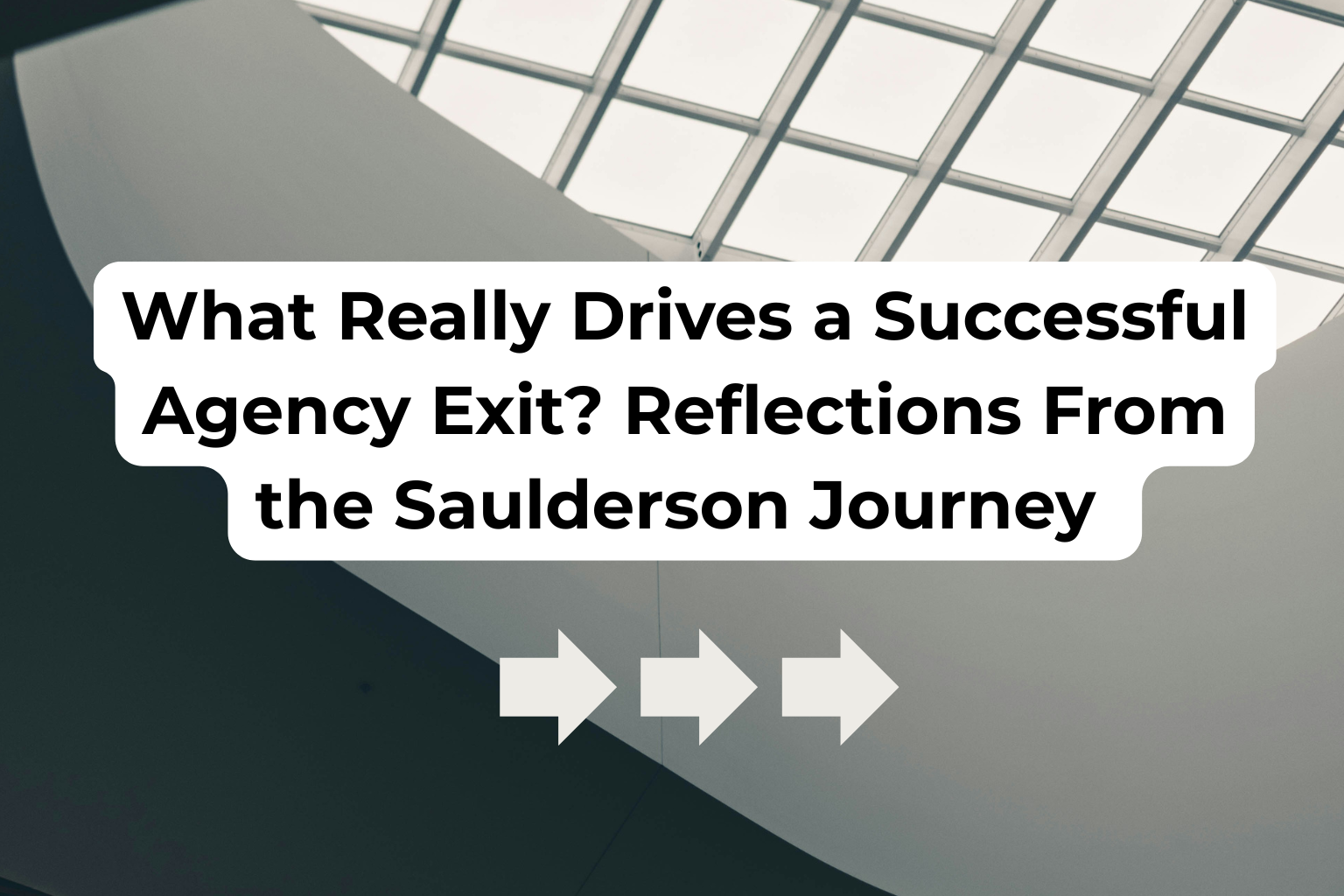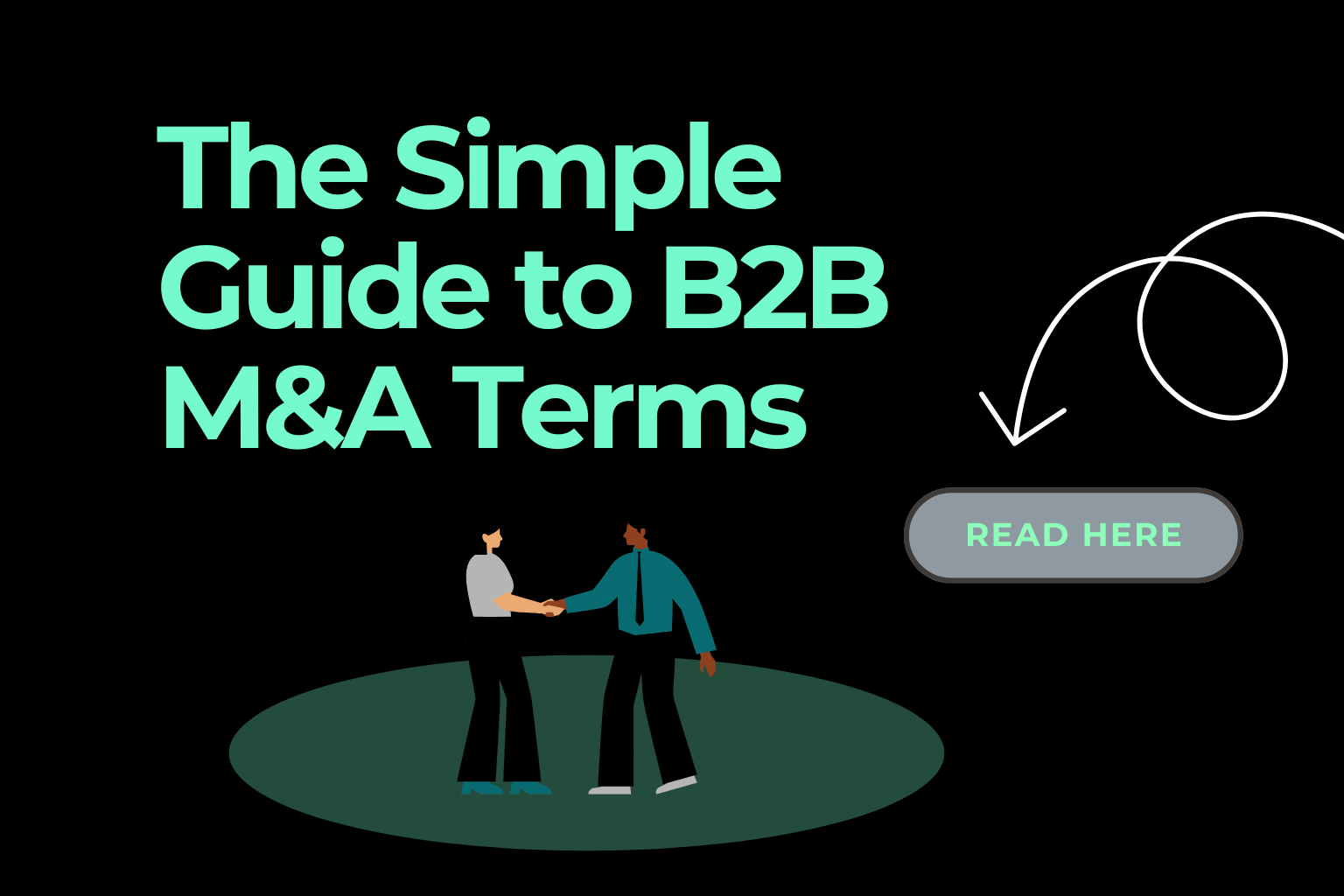At Scaled, we work with a large number of founders who are navigating the early stages of planning an exit or partial de-risking. Increasingly, conversations stall the moment private equity enters the frame. Not because founders aren’t open to the idea, but because the mental model they’re using is out of date.
To help reset that perspective, Scaled Founder Simon Penson breaks down what PE looks like from inside the room today – not how it worked a decade ago.
This article builds on the video below by giving founders a practical framework to evaluate whether PE is the right partner, how to understand the dynamics and how to position yourself for a strong outcome.
Why Founders React Badly to PE (And Why That Reaction Is Often Misguided)
When we speak with founders, there are three dominant fears:
- “They’ll cut costs and gut the culture.”
- “I’ll lose control.”
- “They’ll load the company with debt.”
These concerns are not irrational. They come from a historical caricature of PE that’s still widely circulated in the founder community.
What Simon sees day-to-day – sitting in boardrooms, supporting buy-side evaluations, conducting commercial due diligence and serving as an NED inside portfolio companies, is very different. The shift is real, but the bigger issue is this: founders haven’t been given a clear way to assess PE on their own terms.
That’s where the real opportunity lies.
A Better Way to Look at Private Equity: Incentives, Not Stereotypes
Instead of looking at PE as “good or bad,” founders need to look at incentives.
Here’s the simple truth:
PE only wins when value gets created.
Not spreadsheets. Not theory.
Actual, measurable, commercial value.
This is why many funds now focus more on operator talent, sales capability, GTM structure, M&A execution, and governance than financial engineering. They’ve realised that capability is the lever that creates returns, not cuts.
For founders, this means the real question is not:
“Should I work with private equity?”
It’s:
“Which type of private equity partner is aligned with the value I want to create?”
The Founder’s PE Partner Checklist
Below are the criteria we advise founders to use when evaluating a PE firm.
1. What does their value-creation plan actually look like?
Ask for the first 100-day plan they typically use. You’re looking for operator signals: commercial strategy, pricing, sales, GTM, M&A roadmap, organisational design. If the focus is “cost-out,” that’s a red flag.
2. Who will sit around your board table?
One of PE’s greatest advantages is the governance they bring. The individuals matter more than the fund. You want people who have scaled businesses, not just financed them.
3. How do they think about rollover equity?
Simon talks in the video about founders who made more on the second exit than the first. The structure here matters: percentage retained, ratchets, timelines, drag rights, and expected return horizon.
4. What’s their approach to buy-and-build?
Many founders underestimate how powerful a PE-led M&A strategy can be, especially with access to low-cost capital. Ask how they identify targets, how they integrate acquisitions, and what they expect your role to be.
5. Do they understand GTM at a detailed level?
In our world, this is the biggest signal of whether a fund is modern or outdated. If they can’t talk about pipeline, pricing, margin, MQL/SQL conversion, or sales resourcing, they won’t help you accelerate.
What Founders Often Forget: Your Business Has to Be Ready Too
PE isn’t an option for early-stage firms.
You need a business with:
- £1m+ EBITDA (preferably more)
- A repeatable commercial engine
- A leadership structure that isn’t solely founder-led
- Strong customer concentration, margin and cashflow fundamentals
Most founders underestimate how much value they can create in the 12–24 months before speaking with PE by tightening the commercial engine.
This is exactly the area Scaled supports: helping founders shift from “good business” to “PE-ready business.”
The Bigger Picture: PE Isn’t an Exit, It’s a Tool
The point Simon emphasises in the video, and the point we want founders to understand, is that PE is not just a way out.
It’s a way to:
- Take risk off the table
- Accelerate scale
- Strengthen the leadership structure
- Access inorganic growth
- Participate in the next value leap
The founders who do best with PE are the ones who treat it as a partnership, not a transaction.
If You’re Considering PE in the Next 2–3 Years
Your job today is simple:
- Understand the landscape
- Evaluate the type of partner you’d want
- Build the commercial fundamentals PE values most
We help founders navigate this every day, and Simon is always open to speaking with anyone who’s exploring the route or wants help preparing for it.
Start early. Build intentionally. And evaluate PE through the lens of alignment, not fear.


